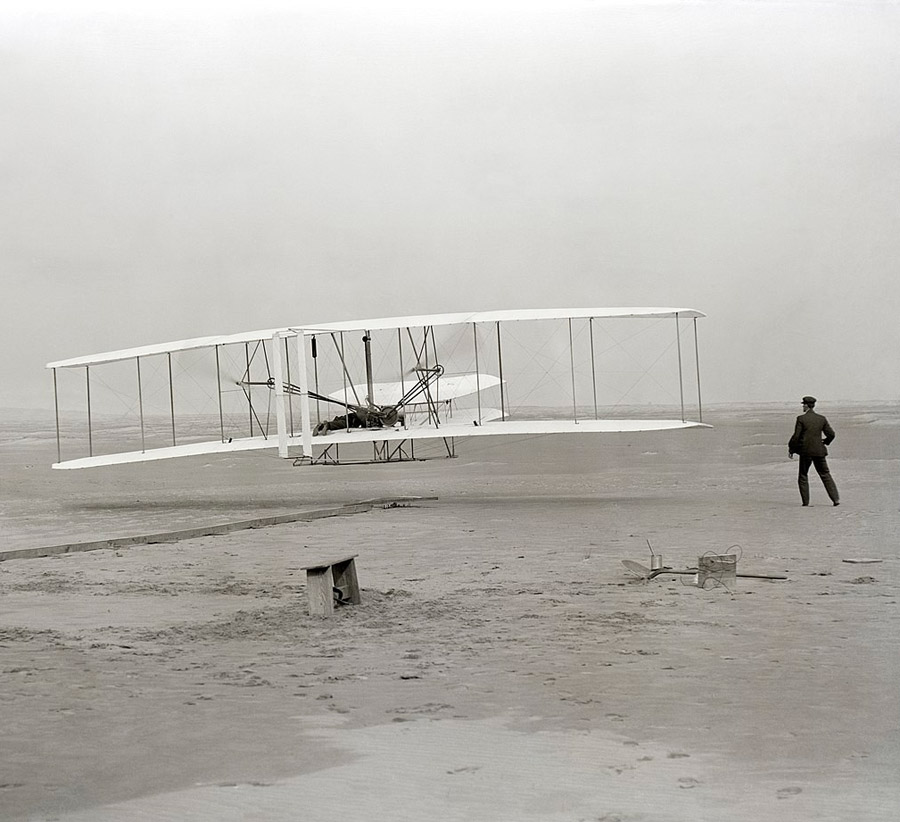Welcome to L.A. Street Names, the origin stories of street names across Los Angeles County, from the shortest cul-de-sacs to the longest boulevards. Mysteries solved, myths debunked, scandals exposed, history revealed. This is an ongoing project with more than 2,100 streets – and growing. See FAQ for more information.
Featured Major Street
Shamrock Avenue

A 1911 article in the Monrovia Daily News stated that Shamrock Avenue was named by Monrovia cofounder E.F. Spence because he “had a liking for things Irish”. True? Well, I can tell you that Edward Fallis Spence (1832-1892) definitely cofounded Monrovia in 1885, Shamrock Avenue was definitely named in 1886, and Spence was definitely Irish: he was born in Enniskillen, County Fermanagh, (Northern) Ireland. So I’ll buy it. Spence wasn’t just any old Irishman, by the way – he was mayor of Los Angeles at the time! (See Spence Street in Boyle Heights for more.) Spence soon built a country home on Monrovia’s Prospect Avenue; after his death, his widow Anna (1851-1937) apparently lived in “The Oaks” mansion before settling into her forever home on South Primrose in 1907. Several other Spences also lived in Monrovia, including Edward’s brother John and various nieces and nephews.

